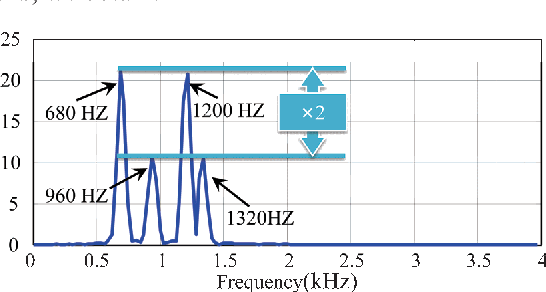

Shortly after my father, KC5PWQ, and I started the Texas Adventist Emergency Communications club to help Adventist Community Services in times of disaster, he bought a local repeater that had been only working part of the time. Some repeaters the only way you can program them is over-the-air, others you have to do on sight.

You can turn the repeater itself on and off, turn the CTCSS tone on and off, change the repeater tail or tail length. On some repeaters, you can remotely program them to do different things. I’m not talking about things like remote control airplanes or cars, but rather other radio equipment, like repeaters. Probably the most common use of DTMF is remote control. In amateur radio there is several things that you can do with DTMF. So enough about the phone system part of it, let’s move on to our side of things. The A,B,C and D buttons were used to access different menu options, but was later replaced with just a numerical value to replace them so these four buttons were removed. The engineers at AT&T had envisioned telephones being used to access computers and automated response systems, so after consulting with companies the #(pound) and *(Asterisk) buttons were added. There use to be an A,B,C, and D button on touch tone phone. In the early days of DTMF phones, there were six extra buttons on a phone that four out the six are not on it any longer. It made the normal use of an operator, less and less needed to make calls because with the touch-tones it could be automated. With the release of the touch-tone phone, another change came about. After the touch-tone phone was released, it took a while for it to be common place and was often viewed as a status statement if you or your family had a touch tone phone. Touch-Tones or DTMF slowly replaced the Rotary Dial phone after November 18,1963 when the first touch-tone phone was made available to the public by AT&T who held the trademark from Septemuntil March 13, 1984. DTMF is standardized by ITU-T Recommendation Q.23. DTMF was first developed in the Bell System in the United States, and became known under the trademark Touch-Tone for use in push-button telephones supplied to telephone customers, starting in 1963. DTMF is a just the opposite because DTMF you can hear and use them everyday! DTMF is not only for radio communications but are also used in telephone calls,Īccording to Wiki, Dual-tone multi-frequency signaling ( DTMF) is an in-band telecommunication signaling system using the voice-frequency band over telephone lines between telephoneequipment and other communications devices and switching centers. Last Thursday we talked about CTCSS also known as sub-audible tones. Today we are going to talk about Dual-Tone Multi-Frequency(DTMF) tones in the part two of this tones mini-series. Hello everybody and welcome back to my blog.


 0 kommentar(er)
0 kommentar(er)
